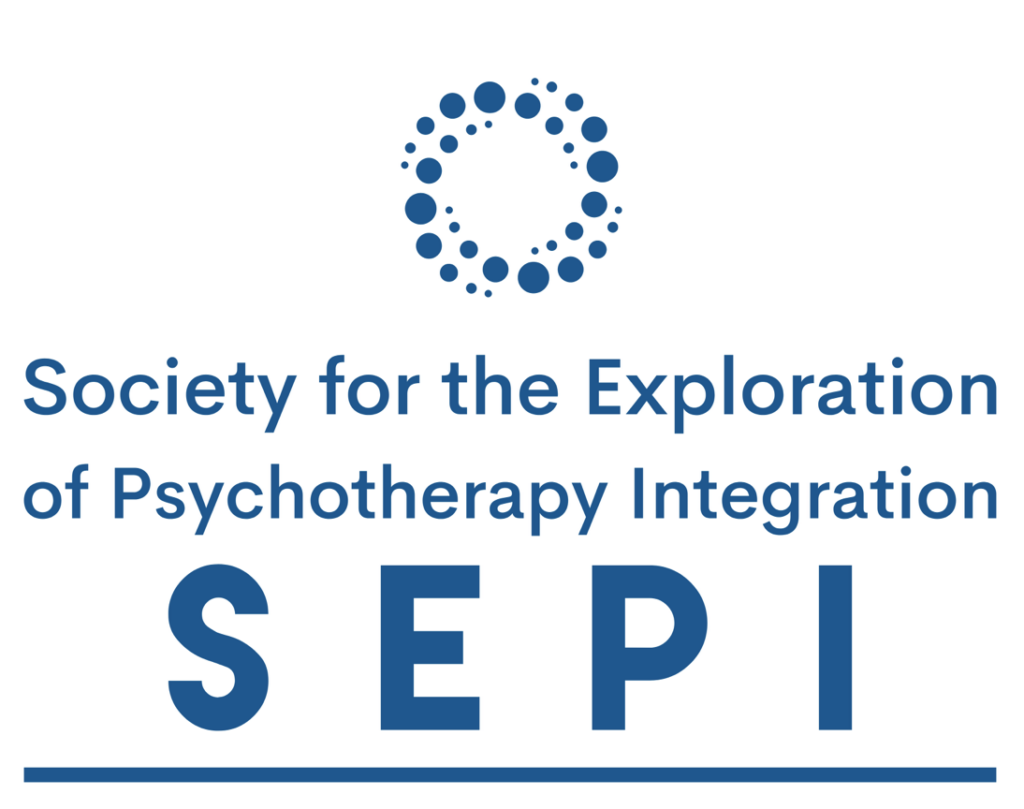Historical Process of Paradigm Shift in Transition from Newtonian Physics to Quantum Physics

Deniz Sag / Social Worker Psychotherapy Institute of Turkey, sag.dnz@gmail.com
“The human being, who has always been the subject of curiosity, is like a constantly changing cloud, and psychol- ogists are like people who see faces in the cloud.” Robert D. STOLOROW
The scientific view of the 17th century is the geometer, the Platonic tradition, which accepts that the universe is structured according to the mathematical order, and the mechanistic philosophy, which perceives nature as a perfect machine. (Westfal, 2000, 1).
Comte, who examined the motion subject of physics in natural sciences, revealed the laws of dynamics, and start- ing from Newton’s laws, stated that the scientific methods applied to the natural sciences could also be applied to the social sciences (Şişman, 1998, 398). According to the Newtonian view of cause and effect, the universe is a set of mechanical relations. Every object that exists in the universe is a fixed reality, there are relations between them. These relations, in the context of action-reaction, refer to a mechanical setup with external interaction. Here, we can say that Newton’s laws of physics are considered as mechanics, and quantum laws that start with Heisenberg’s uncertainty principle and progress with Einstein’s relativity principle, as relational, and include different paradigms. According to Einstein, time is motion itself. In Newton, time is something objective, measurable, independent of mo- tion. Here, there is a paradigm shift in our view of the existence of the object. This change has received its response in psychology by introducing intersubjectivity and relational therapy model, with the transition from single-person therapies to two-person therapies.
When we look at the history of psychotherapy, while Freud’s mechanical mental device emerged in the period when Newtonian physics was dominant, with the transition of the postmodern world to quantum physics, fractal structures were passed from linear structure. This manifested itself as two- person therapies or Field Theory (Özakkaş, 2018).
Keywords: Newton, Quantum, Einstein, Psychotherapy, Relational Therapy, Intersubjectivity, Stolorow, Observer, Observed.